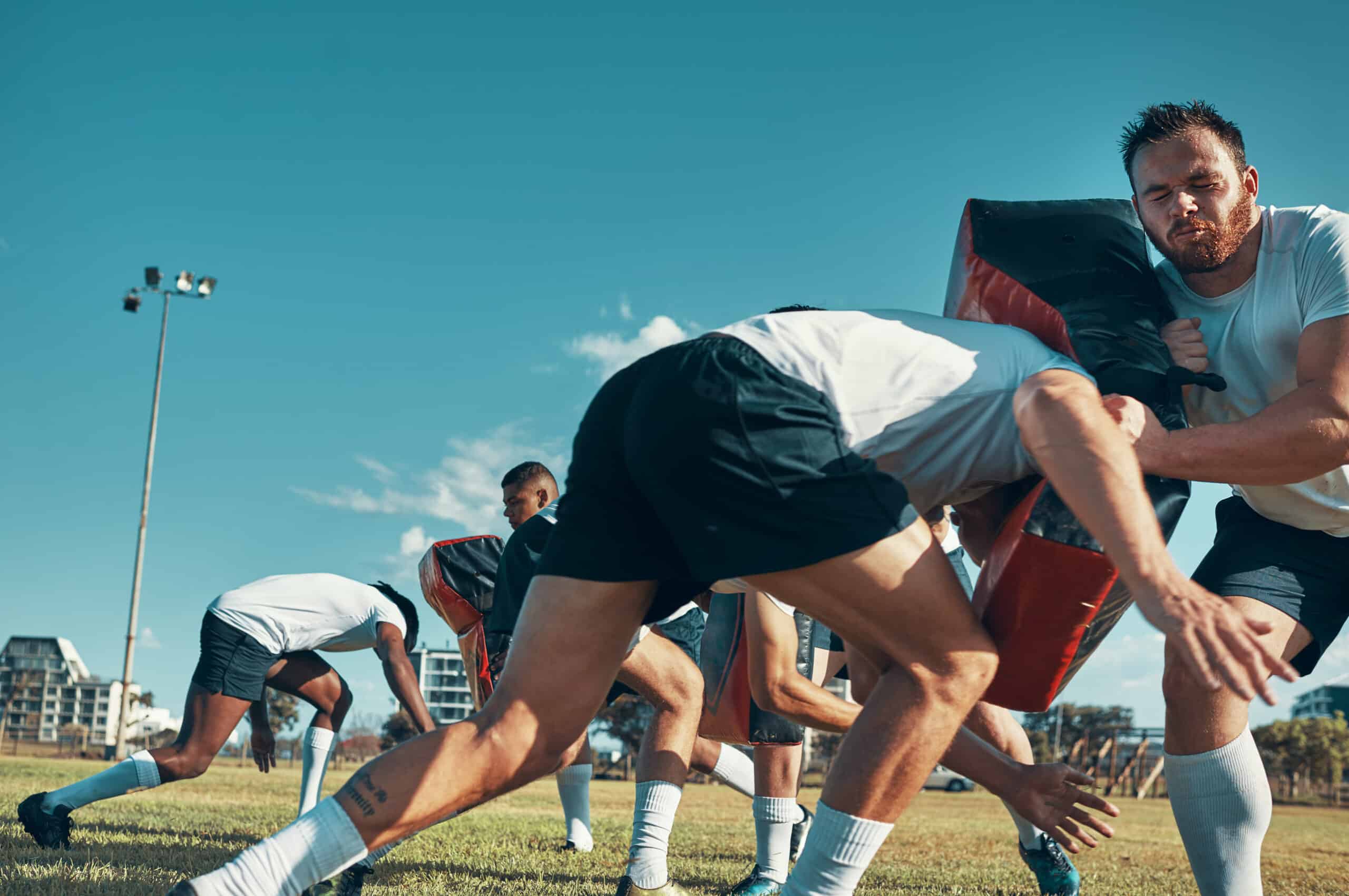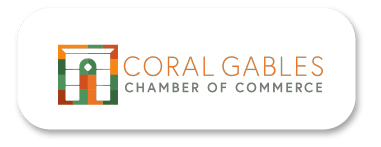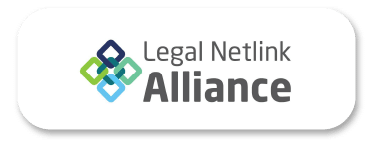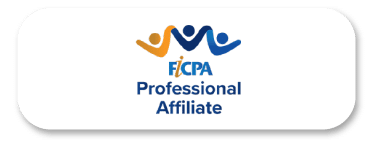What is NIL?
Name, Image, and Likeness (NIL) in college athletics refers to the right of college athletes to enter endorsement deals and profit from their name, image, and likeness through sponsorships, social media posts, and paid appearances. Until 2021, the National Collegiate Athletic Association (NCAA) prohibited NIL compensation for student-athletes because it wanted to preserve amateurism in college sports to maintain their educational nature. The NCAA also claimed that allowing NIL payments would create unequal recruiting opportunities by giving an advantage to schools with wealthier programs and donors. On July 1, 2021, the NCAA began allowing student-athletes to receive NIL compensation after several states had implemented NIL laws and athletes began applying pressure to the NCAA to adopt a new policy.
At this time, NIL legislation consists of state laws, NCAA guidelines, and institutional policies, without a comprehensive federal law. Many universities have created NIL departments to educate athletes on compliance with NIL regulations and how to handle their opportunities. Other schools have NIL collectives that help student athletes to connect with sponsors and maximize their NIL opportunities.
How do athletes profit from NIL?
Student athletes can profit from NIL in a variety of ways. Endorsement deals and social media partnerships involve athletes working with brands for promotion and marketing, including paid social media posts and wearing or using certain products. Athletes can partner with brands for branded merchandise showcasing their name or logo. Additionally, student athletes can be paid to make appearances at events or to host and promote athletic camps or training sessions.
Several brands have begun to focus their marketing efforts on NIL. C4 Energy signed 128 college basketball players for its “C4 Bracket Breakers Campaign” during March Madness. Nike, Revlon, and Proactiv have also made increased efforts in the NIL space to reach Gen Z audiences and increase marketing creativity.
In 2024, several college athletes made millions of dollars in NIL deals. Shedeur Sanders, the Colorado Quarterback, made an estimated $4.7 million in NIL deals. Livvy Dunne, a gymnast from Louisiana State University, closely followed with an estimated $3.9 million in NIL deals. Even athletes with a smaller following can profit, as the average value of disclosed NIL deals in 2024 was $2,618.
What are the rules related to NIL compliance?
Student athletes must disclose their NIL deals to their schools to ensure compliance with all regulations. Schools cannot pay NIL money to athletes, and all NIL deals must come from third parties, including brands, event organizers, or fans and customers through collectives or merchandise sales. However, schools may assist athletes in understanding NIL opportunities and can provide students with resources such as education on branding, finances and compliance with NCAA, state, and school policies. NIL brand deals are prohibited from being used to entice players to specific schools or athletic programs. Additionally, NIL deals may not be tied to the players’ athletic performance.
States and institutions have their own regulations, which can be more restrictive than the general NCAA rules. Athletes must ensure compliance with all relevant rules and regulations to avoid fines, probation, scholarship reductions, and other penalties related to violations of the rules.
If you have any issues related with NIL deals, contact one of our knowledgeable business attorneys at EPGD Business Law. Call us at (786) 837-6787 or email us to schedule a consultation.








